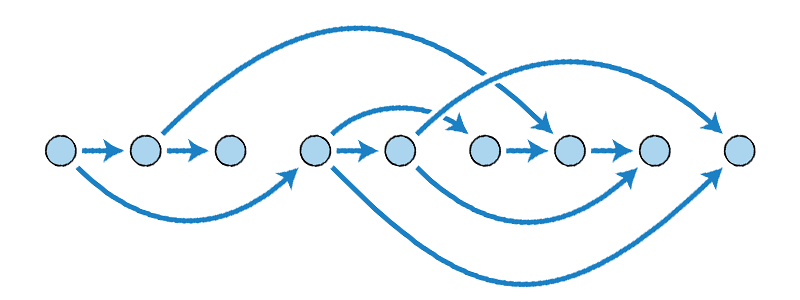
Blockchains were once a fringe industry where computer science adepts messed around with virtual currencies on their computers. Nobody paid any attention. Today, governments are getting involved in cryptocurrency mining, some countries are adopting cryptocurrency as their primary form of currency, and the question of whether cryptocurrency is a commodity or a security is at the forefront of some US regulatory debates. Adoption is up year on year, and it seems that blockchain is going to revolutionize the market in all sectors.
But the pattern seems to have repeated itself. Many of these adepts have moved to develop a potentially better technology known as a Directed Acyclic Graph (DAG), popularized by IOTA as a Tangle. DAG, or DAG-chains, are generally regarded as faster, more scalable, and cheaper than blockchains. IOTA boasts zero transaction fees and aims to connect machines to the network as well as individuals. Other popular types of DAG-based technologies are Byteball, IoT Chain, CyberVein, and Nano. They all have a unique take on their DAGs. CyberVein is arguably the most cutting edge, with a resource-saving consensus mechanism and a unique approach to data sharing and database creation.
DAGs eliminate the mining problem seen with Bitcoin. Currently, the cost of Bitcoin mining is more than the total electricity consumption of the Republic of Ireland. In many ways, it is a case study in inefficiency with miners verifying blocks of transactions.
With DAG-based architectures, there are no blocks, and there are no mining fees required to maintain the network, bringing the cost down significantly. The removal of blocks means there are no long waiting periods for confirmations, and DAGs can scale far better than blockchains, some of them even getting faster the more people that join the network. Machine-to-machine networks need fantastic scalability and need to be hyper-efficient regarding speed and cost. Blockchains cannot cut it as they are currently designed.
DAGs, as Ethereum founder Vitalik Buterin points out, are not without their problems. Centralization could be an issue, and the fact that each node processes each transaction means that they could encounter scalability issues down the line. By and large, DAGs could prove far better than blockchains in all areas, namely scalability, speed, and cost. Many computer adepts are already moving on from a blockchain architecture that the public is only beginning to become aware of.